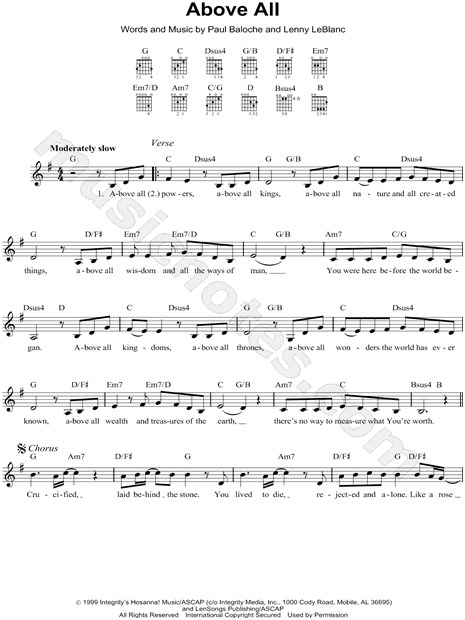
Then, practice the chords in the order of the song until fluent.Next, write those chord names on a piece of paper and practice only the different chords until you know them well.Study the piano chords chart and learn the patterns (how they look) of the chords you'll be using.Highlight the different chords that are used- it might seem like there are a lot, but usually, there are only a few chords or a specific chord progression.Tip: You can also use anything written for guitar with chord tabs since the chord names for piano are the same. First, pick a piece with chord markings and melody, or just lyrics and chords.Tip: A chord book is a useful tool when you start learning about chords. This is a 7th chord in the "root" position:

Starting from the root (red), the third (blue), the fifth (green), and the seventh (yellow). It has a root, a third, a fifth, and a seventh.


It is written for ex.: Am (Root=A, minor chord). This gives the sound of "minor" a more "sad," "darker" sound. The Minor Triad is built with a minor third and, on top, a major third.It is written for ex.: E (Root=E, major chord). The Major Triad (a three-note chord) is made of a major third and, on top, a minor third this creates the specific sound of "major" a "happier," "lighter" sound.


 0 kommentar(er)
0 kommentar(er)
